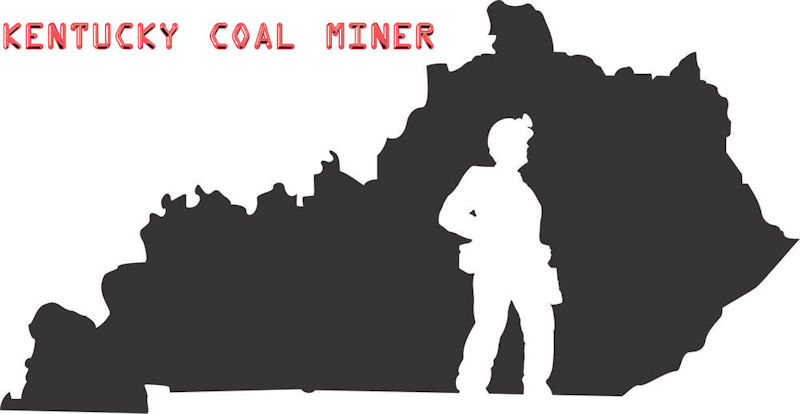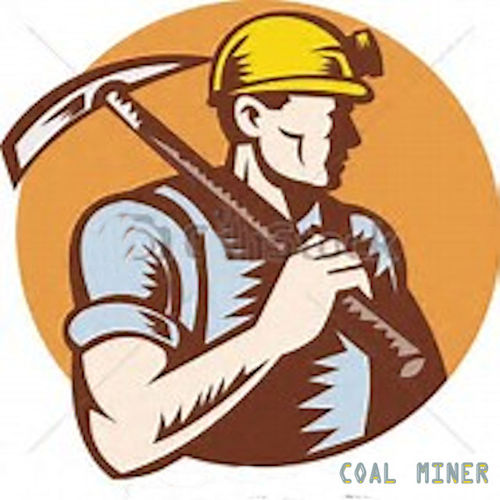"Rockport Coal Company"
The Rockport Coal Company was established in 1909 by H. L. Tucker, Charles F. Dreihs,
John T. May, E. B. Miller, and C. A. Norris. Although none of the founders were
from Rockport, all lived in the area except Mr. Dreigh who was from Cincinnati, Ohio.
The amount of Capital Stock was fifty thousand dollars, divided into five hundred
shares of $100 dollars a share. H. L. Tucker purchased the most stock, becoming a
major stock holder, but did not have enough to be a controlling stockholder.
Enough capital was raised for the company to purchase land, coal rights and equipment
to start up two mines. Mine number 1 was located in Rockport and called the Rockport
Mine and mine number 2 was was located in Centertown, Kentucky. I am not aware of the
name of that mine, just would guess that it was called the Centertown Mine. Collectively
the mines had the capacity to produce 2,000 tons of number nine coal per day. Peak
employment at the Rockport Coal Company was in the neighborhood of 350 miners. Coal
shipment from the Rockport Mine was by rail and water. A river loading dock was only
a few hundred feet from the mine entry. A rail tipple provided the loading of railroad
cars that was serviced from a rail spur from the main Illinois Central Railroad line
on the East side of Rockport. The Centertown Mine was serviced by the L and N Railroad
and I think had access to the Green River.
H. L. Tucker was President, and operated the Rockport Mine. R. C. Reid was Vice
President and John T. May was Secretary and Treasurer. Mr. P. O. McKenney was in
charge of the mine at Centertown.
The Rockport Coal Company operated successfully for several years and employed as
many as 350 miners working at both mines. Tragedy struck on January 15, 1922 where
in the mid-afternoon, a fire caused major damage to the Rockport Mine. The boiler
room and the engine room caught on fire with the engine room being completely destroyed.
The boiler room was only slightly damaged and mostly just covered by debris. None-the-less,
the Rockport Coal Company was never the same after the fire and was never able to gain
full production again. The loss was only partially covered by insurance. In March of
1926, the Rockport Coal Company was declared bankrupt. In July of that year, H. L.
Tucker purchased the company for sixty-five thousand dollars. He then continued
to operate the mine on a limited scale until the mid thirties when the mine caught
fire and burned. Some of the equipment was saved from the mine, but most was not able
to be recovered and was left in the mine. In most cases, when a coal mine catches
fire about all that can be done is to block any and all air from entering the mine so
as to smother the fire. If successful in putting out the fire, a burning mine can burn
or smolder for months or even years. No coal was going to come from this mine for
some time. With the loss of two hundred or more mining jobs, the small town of
Rockport with a once promising future, soon saw a big exodus of coal mining families
moving to other parts of the state for mining jobs. Many other families that were
dependent on the mining jobs were also moving to areas where jobs were available.
Prosperity and a booming coal mining town lessened and it has been downhill since.
How does that old saying go about if living by the sword, you may be dying by the
sword. It seems that Rockport was living by the mine and once out of business, it
seem to start dying by the mine. Some ten plus years later, big coal, notably
Peabody Coal Company moved in and the town of Rockport was on the uphill swing again,
but that is another story.
See you...
jrd.
 |

